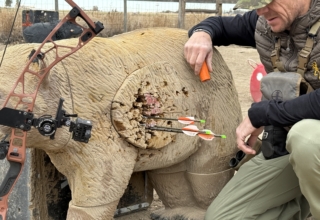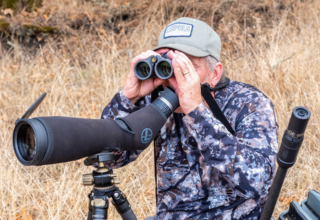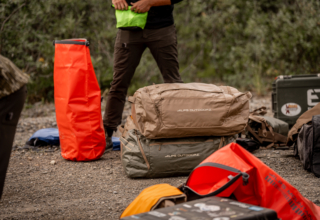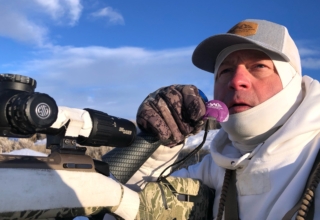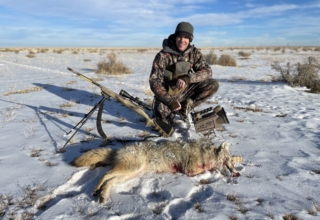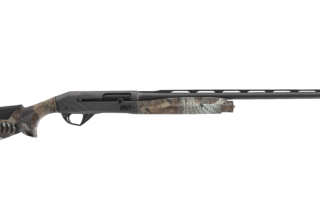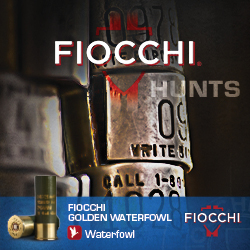You can’t kill coyotes if they aren’t there. Here are three excellent locations to look for coyotes and tips on how to hunt them.
by Jace Bauserman
Few things trump the feeling of teeth and claws sprinting to a call, and because coyotes are considered varmints, season regulations are incredibly liberal in most states. In most locales, coyotes can be hunted 365 days a year. Oh, and bag and possession limits don’t apply.
Of course, calling techniques and the like change with seasons. Pups often run to screeching rabbit or bird distress sounds in late summer and early fall. Winter calling means pressured dogs. Knowing what prey predators are keying on in your area and finding sounds to replicate that prey is critical to regular encounters.
The mating season typically runs from late January through March in most areas, and when males are looking to pass on their genetics, howling can be a great technique. Knowing what calls to make and when — both on electric and hand calls — will boost your success.
Most importantly, to be a true coyote assassin, you must know what to look for in a good coyote stand. Let’s jump in.
Coyotes In The Sage-Dappled Plains
You can’t go anywhere out West, look at a sea of sage-sprinkled plains, and not think of coyotes. Sagebrush and coyotes go together like coffee and donuts. You don’t have one without the other.
Sagebrush flats provide incredible cover and make it easy for coyotes to hunt. Sagebrush areas are chock-full of birds, mice, and other prey. Coyotes can knab the wind, work slowly, and ambush prey efficiently. Plus, a coyote can disappear in three-inch tall grass. All they have to do is lay down and utilize their uncanny ability to make themselves ultra-small. They can remain invisible in areas of dense to semi-dense sage.
Pockets of heavy sage, sprinkled cedars, and rolling hills make ideal coyote habitats. The sage and cedars make great bedding and loafing areas, and often, because cattle are typically present in these areas at various points throughout the year, you’ll find isolated prairie ponds and stock tanks.
Start by prospecting on HuntStand. I rely on monthly satellite imagery, which provides updated 3-D aerial imagery. First, I note water sources in the area. Next, I look for areas of cover that give way to more open dirt. I love to set up 200 yards off a brushy creek bottom, slicing through dense sage.
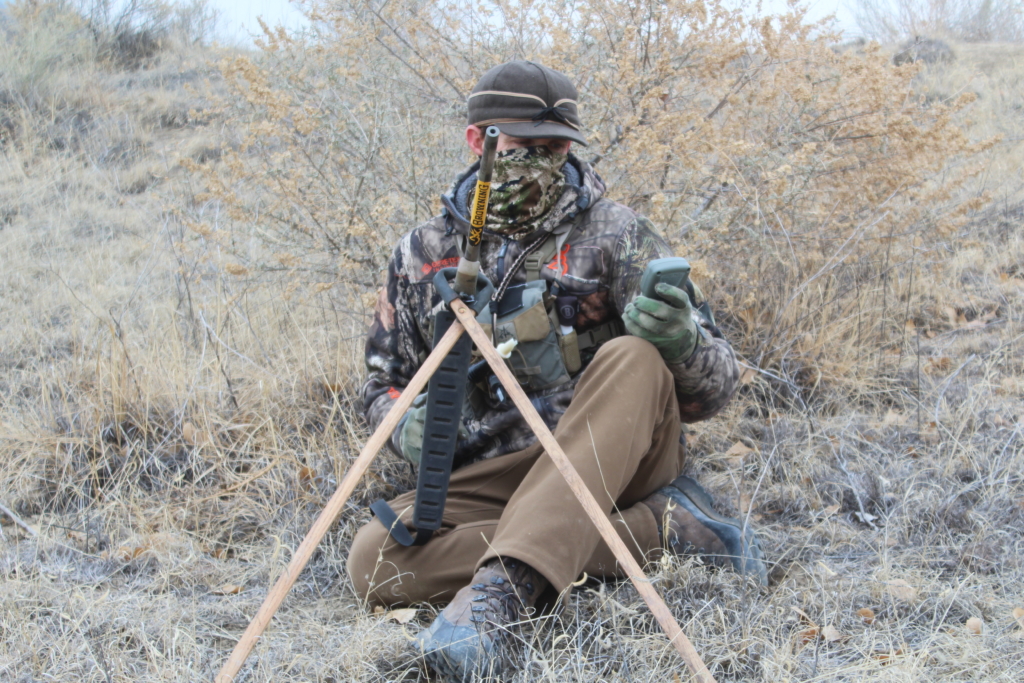
What I don’t want to do, and you don’t either, is move into areas of heavy cover. You’ll spook coyotes, or they’ll wind you before you see them.
During map study sessions, predict where coyotes will come from, and be sure these areas are upwind of your planned stand position. A crosswind will also work, but you must shoot before a dog hits your windstream.
Pay attention while walking in. Use dry creeks, valleys and the backside of hills to disguise your approach. Never silhouette if at all possible. While walking in, stay quiet and pay attention to sign. Keep an eye peeled for droppings and tracks. Coyotes cover big distances, and if dogs are in the area, coyote sign isn’t hard to find.
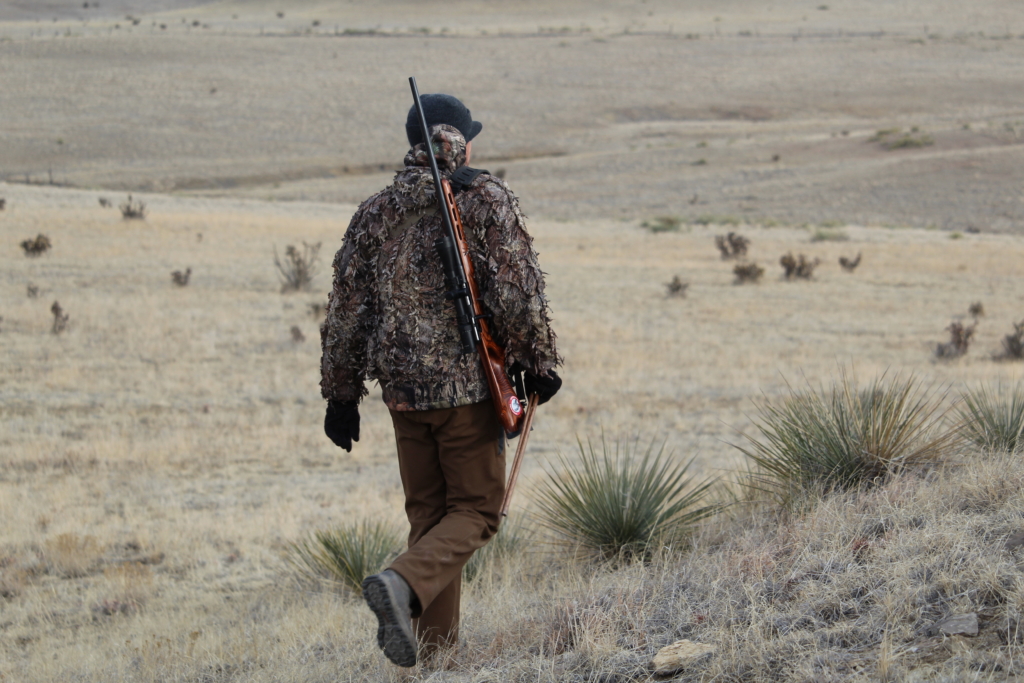
Gain a little elevation. It doesn’t take much. A small hill or mound will do. Snuggle into an isolated sage, cactus, tumbleweed, or cedar trunk, and make your stand. If you do everything right, you should be able to see a lot of dirt and catch a dog coming long before it’s in range, especially if you’re downwind.
Coyotes & The Bald Prairie
While finding a spot to stash the vehicle can be daunting, open prairie landscapes that seem to stretch to the horizon are some of my favorite calling locales. Most hunters overlook these spots, thinking there is nowhere for a coyote to hide. This is false. Even ground that appears pancake flat has areas of microtopography.
I also hone in on prairie dog towns. Prairie dogs are year-round food sources for coyotes. A coyote or three are never far from an active town. Often, I’ll stand up in the back of my pickup and glass as much of the town as possible to ensure no dogs are prowling about before I move in.
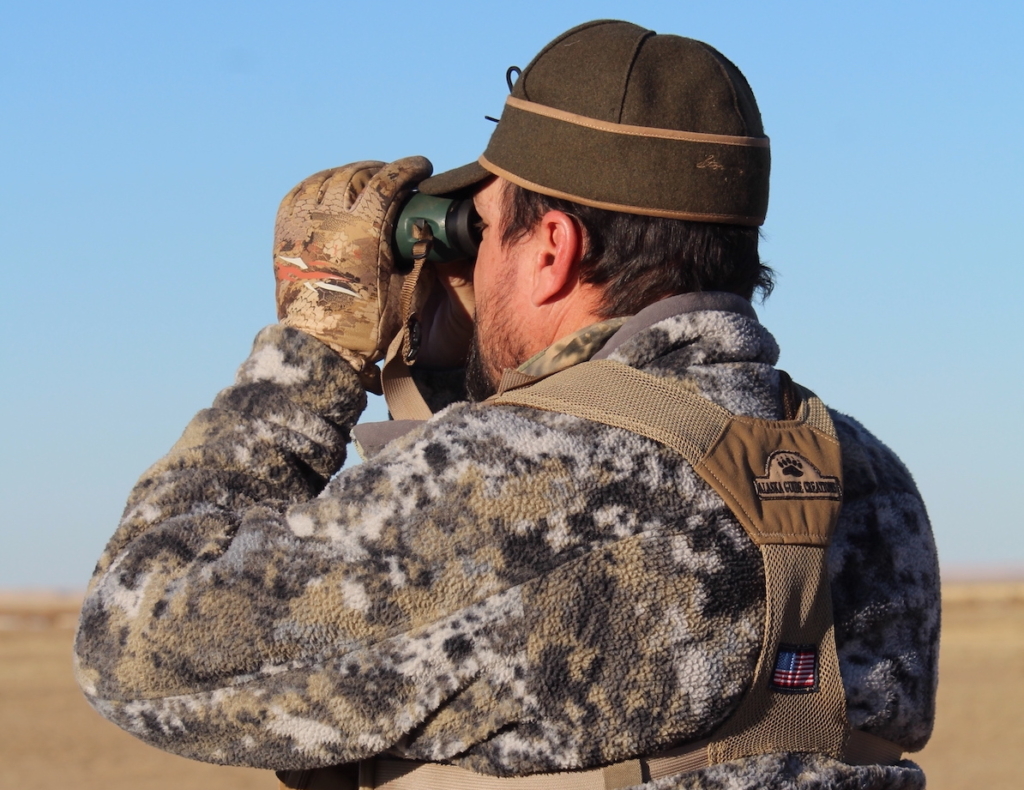
Areas with cattle are also money. Coyotes love to dig around in cow crap. Plus, they know a cow may kill over at any moment, giving them food for days. And then, during claving season, young calves and nutrient-rich afterbirth become the focus of area song dogs.
Use tumbleweed-lined fence rows and ever-so-slight rises and dips in the landscape to ease into position. Tumbleweed-lined fences also make great areas to sit against. While walking in, keep your eyes up. If you don’t bump a dog and can get in and settled, you can call one up.
Coyotes & Wooded Waterways
Across the country, river and creek bottom locations are home to deer, turkey, rabbit, and bird species. Coyotes love to travel waterways and hunt. Waterways create a natural path of travel, provide excellent hunting for prey, and the generous cover makes great bedding and loafing areas.
I don’t like to get into the timber. Too much can go wrong. Coyotes pinpoint your sound and use available cover to their advantage to get downwind without being seen. I’ve had many timber-calling mishaps where coyotes popped up super close and caught me by surprise. By the time I could get my shotgun shouldered, the dogs bounced through the timber like a pinball, and getting a clear shot was impossible.
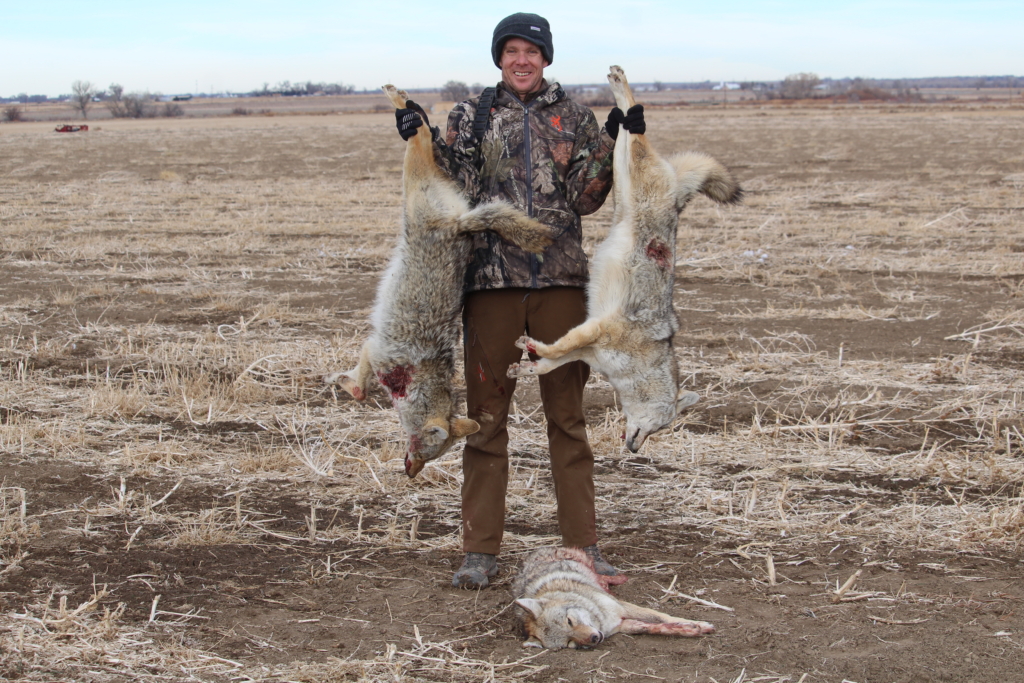
When hunting wooded waterways, I like to slip across agriculture fields and set up on the fringe. I aim to get within 150-200 yards of where the dogs will come from. If no ag fields are present, the same methodology applies—there will be plenty of open to semi-open areas off the main waterway. Use the landscape, get on the fringe, and call dogs close.
And Most Importantly …
You can have the world’s best electronic caller sending prey perfection across the landscape or a world-champion caller blowing on a reed right next to you. You can have a long-range rifle fitted with a quality scope and a scatter-gun by your side that throws a hellish pattern. Your camo can make you melt into the backdrop, making your location seem perfect. Guess what? None of it matters if coyotes aren’t in the area.
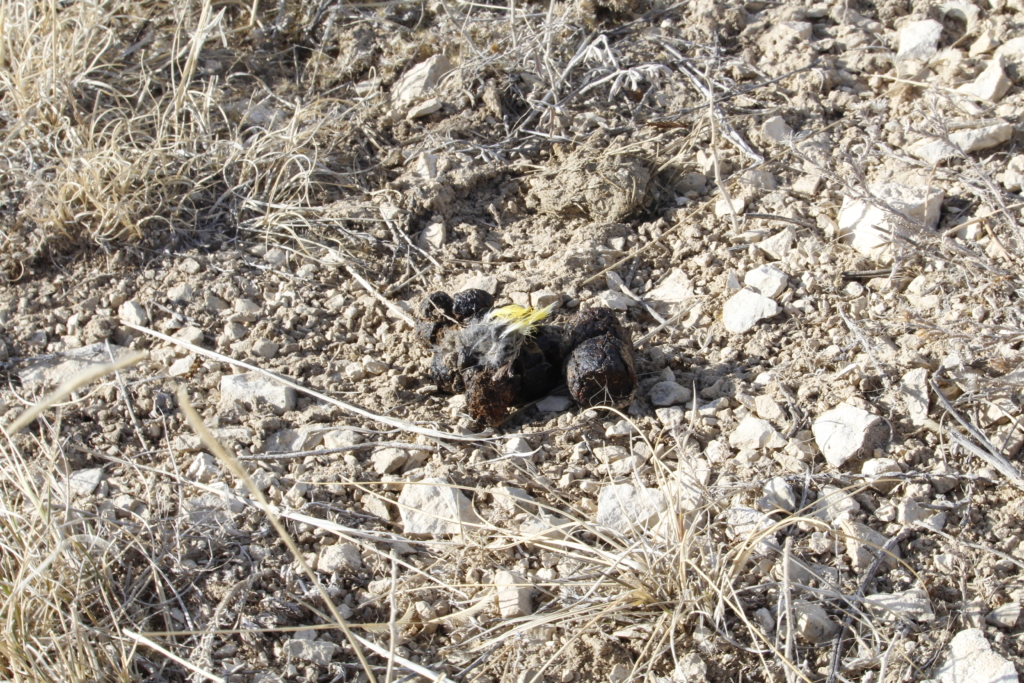
At all times of the year, pay attention to where you see coyotes and mark those locations on HuntStand maps. I use the coyote label and name each location with the time and date I saw the dog. In addition, make a few night drives around your calling areas. Send out a few howls and learn where the coyotes are. Nothing matters if coyotes aren’t in the area.


